Dry Cooling Tower Advantages
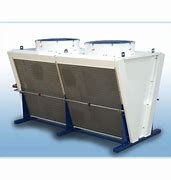
In dry cooling tower, There is no direct contact between the surrounding air and the fluid being cooled. These are also closed circuit system.
A heat exchanger and fans drive the airstream through the heat exchanger to cool the water or glycol solution passing through it. It makes up the simple yet reliable design of dry cooling towers. The majority of dry coolers are offered with horizontal or vertical airflow configurations. Although large-capacity dry coolers are also offered on the market. The typical heat rejection capacity is up to 1MW.
Pre-cooling systems, such as adiabatic spray or wetted pads, may be used in contemporary designs. Pre-cooling by evaporation enables the process fluid to be cooled below the dry bulb temperature. The water only cools to room temperature in a dry cooling tower. However, extra cooling can be achieved via adiabatic pre-cooling of the input air.
Advantages of Dry cooling tower
For small-to-medium sized industrial and commercial applications as well as free cooling systems. Dry bulb cooling towers are especially well suited.
- Low costs for installation, operation, and maintenance.
- Ability to work in any climate, from hot and humid to bitterly cold.
- A wide range of unit designs give you the option to adapt it to almost any location or application.
- Process water pollution and system fouling are minimal.
- Zero water loss
As these cooling towers are closed-circuit systems. It can provides a number of advantages over wet cooling towers. Including lower startup costs and maintenance, better uptime, and improved system reliability. As with wet type cooling towers, the effectiveness of dry coolers is only capped by the wet bulb temperature. Because they feature evaporative pre-cooling.
We are the leading manufacturer of dry bulb cooling tower. To know more about dry cooling tower click here


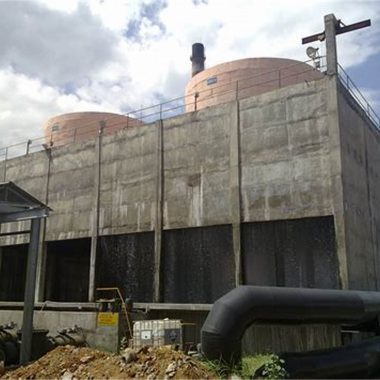
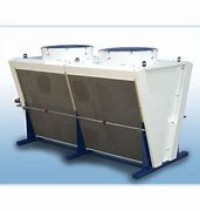
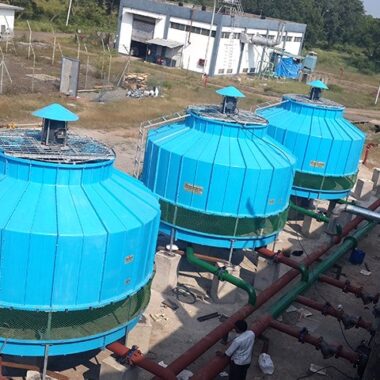
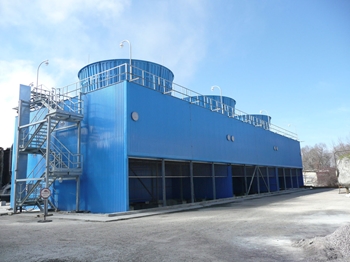
How Dry Cooling Tower Works ? - Cool Fab Equipments January 11, 2024 at 9:48 pm
[…] dry cooling tower, moreover known as an air-cooled heat exchanger, works on the guideline of utilizing encompassing […]